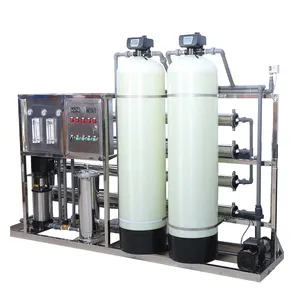Popular in your industry











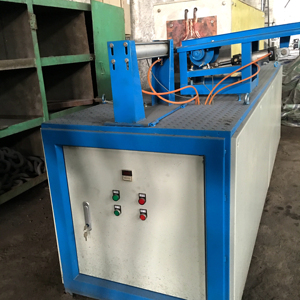
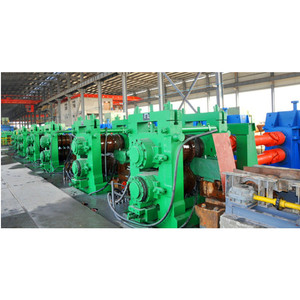


Related Searches:


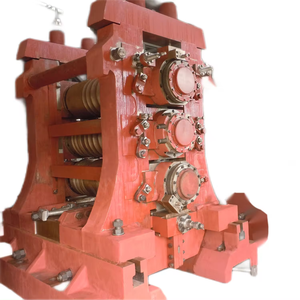
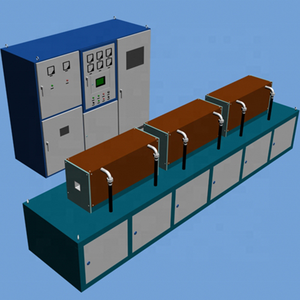



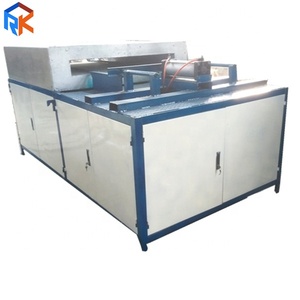


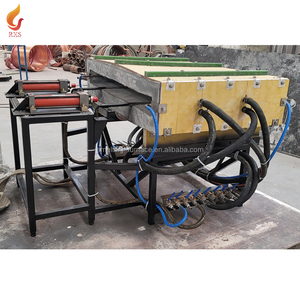

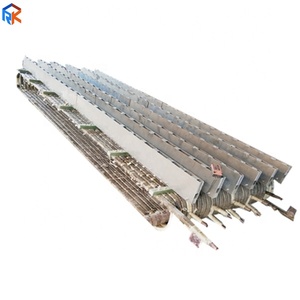

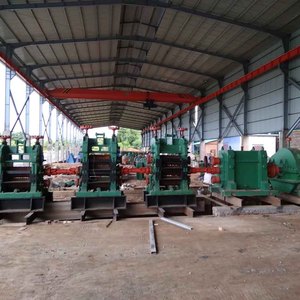


Top categories
About reheating furnace of rolling mill
Introduction to Reheating Furnace of Rolling Mill
The reheating furnace of rolling mill is a crucial component in steel manufacturing processes. It is responsible for heating the raw materials before they undergo the rolling process. This furnace plays a vital role in maintaining the optimal temperature for the steel to be shaped and molded effectively. The efficiency and design of the reheating furnace significantly impact the overall productivity and quality of the steel produced.
Technical Specifications and Capabilities
The reheating furnace of rolling mill is designed to handle high temperatures ranging from 1200°C to 1300°C. It has a robust heating capacity that ensures uniform heating of the steel billets or slabs. These furnaces are equipped with advanced combustion systems that optimize fuel efficiency while maintaining precise temperature control. The reheating furnace can have a power capability of above 35-40 hp, depending on the size and capacity of the rolling mill.
Types of Reheating Furnaces for Rolling Mills
There are several types of reheating furnaces of rolling mills available in the market, including walking beam furnaces, pusher furnaces, and rotary hearth furnaces. Each type has its unique features and benefits. The walking beam furnace offers continuous and uniform heating, ideal for high-volume production. On the other hand, pusher furnaces are suitable for smaller-scale operations, providing flexibility in heating various steel products. Rotary hearth furnaces are known for their versatility in handling different steel shapes and sizes.
Advantages of Utilizing Reheating Furnaces
The use of reheating furnaces in rolling mills brings numerous advantages to steel manufacturers. These furnaces improve the overall energy efficiency of the rolling process by recycling heat and reducing fuel consumption. They also enhance the quality of the steel products by ensuring uniform heating, reducing material wastage, and minimizing scale formation. Additionally, reheating furnaces help in accelerating the production process, leading to higher throughput and operational efficiency.
Considerations for Choosing a Reheating Furnace
When selecting a reheating furnace for a rolling mill, several factors need to be taken into account. The size and capacity of the furnace should align with the production requirements of the steel mill. The fuel efficiency and operating costs are essential considerations to ensure cost-effectiveness in the long run. Moreover, the control systems and automation features of the furnace play a significant role in optimizing the heating process and maintaining product quality.
Maintenance and Care of Reheating Furnaces
Proper maintenance of reheating furnaces of rolling mills is crucial to ensure their smooth operation and longevity. Regular inspection of refractory linings, burners, and combustion systems is necessary to prevent downtime and costly repairs. Cleaning of the furnace interior, lubrication of moving parts, and calibration of temperature sensors are essential maintenance tasks. By following a preventive maintenance schedule and addressing issues promptly, steel manufacturers can maximize the performance and efficiency of their reheating furnaces.





